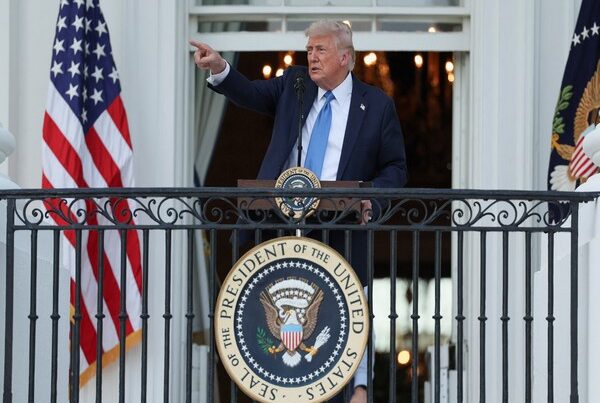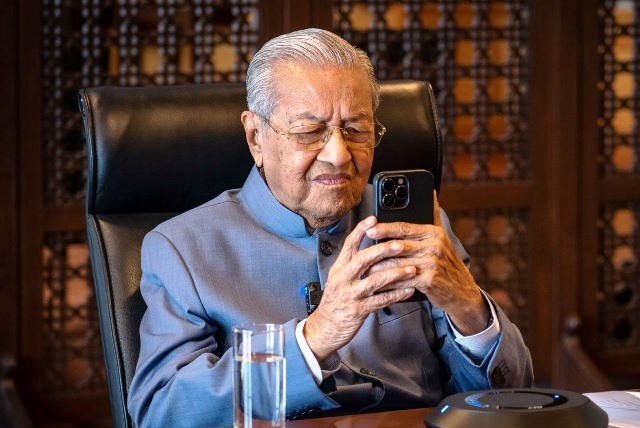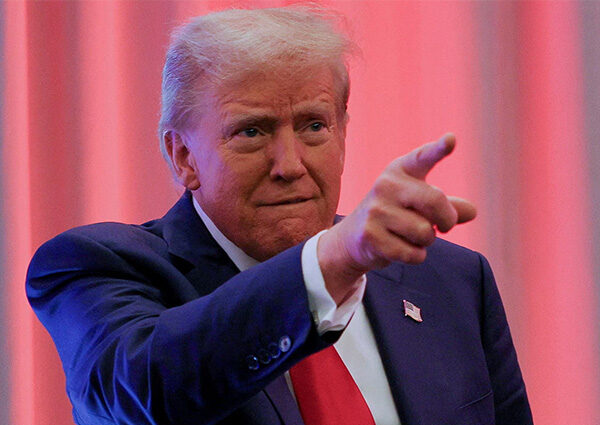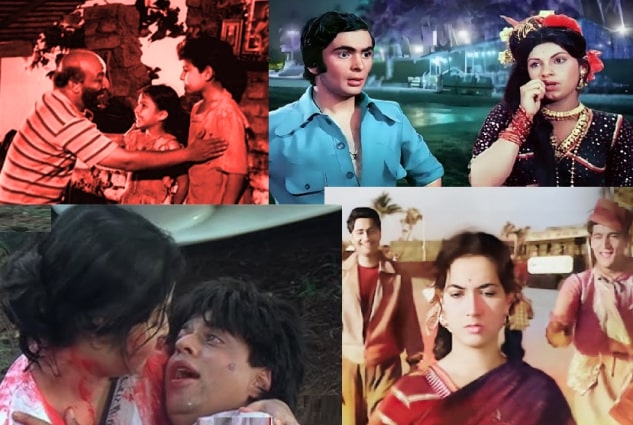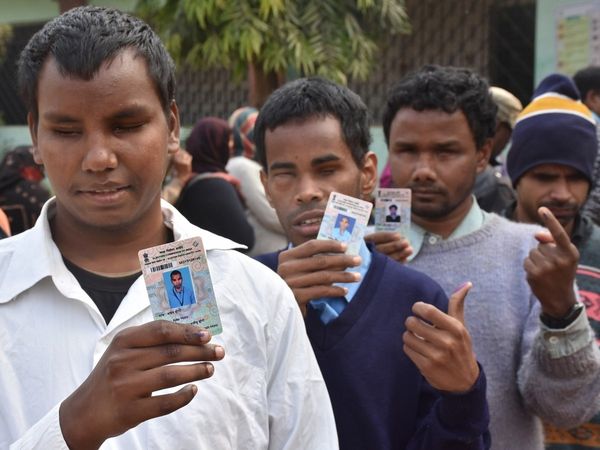
Enabling Visually Challenged Voters
Section 11 of the Rights of Persons with Disabilities Act, 2016, states that the Election Commission of India and the state election commissions shall ensure that all polling stations are accessible to persons with disabilities and all materials related to the electoral process are easily understandable by and accessible to them. The Act was made to give effect to the United Nations Convention on the Rights of Persons with Disabilities and for matters connected therewith or incidental thereto. The Convention on the Rights of Persons with Disabilities is an international human rights treaty of the United Nations intended to ensure full and effective participation and inclusion of persons with disabilities in society.
According to the Strategic Framework on Accessible Elections adopted on July 4, 2018 in the National Consultation on Accessible Elections, the Election Commission is committed to building an equal access framework for persons with disabilities supported by the fundamentals of responsiveness, respect and dignity to enhance elector confidence among them; and support initiatives for improved service offerings to enhance their electoral participation. The Election Commission recognises the use of accessible technological tools for facilitating persons with disabilities of different categories to cast their votes.
Yet, persons with disabilities have been fighting for long for their right to vote on par with other citizens. There are about 2.68 crore disabled persons in India, out of whom about 50 lakh are visually challenged. Voters with disability in seeing are still able to cast a vote at an election booth with the assistance of a companion. An assisted vote, while not a secret and independent one, still allows such voters to participate in the electoral process. However, in the present system of voting through EVMs, there is no way of knowing if the assisting person has indeed cast his/her vote for the candidate picked by the voter with disability in seeing.
For the convenience of voters with disability in seeing, there is Braille signage on the balloting unit of EVM. On the right side of the balloting unit along the candidates’ vote button, digits 1 to 16 are embossed in Braille signage for the guidance of such voters. However, a voter with disability in seeing can press a button but cannot ascertain the actual voting. The voter is not sure whether his/her vote is recorded or not, if recorded, whether it is recorded in favour of the candidate to whom it was intended or not. Moreover, not every person with disability in seeing understands Braille.
ALSO READ: EVMs Must Flag Criminal Candidates
Voter Verifiable Paper Audit Trail (VVPAT) is an independent system attached with the Electronic Voting Machines (EVMs) that allows the voters to verify that their votes are cast as intended. However, there is no such facility by which the voters with disability in seeing can verify their voting. There is a need to provide a system by which the voters with disability in seeing can get immediate audio verification of their cast votes.
Image Text to Speech Conversion Device
The basic idea of the proposed stand-alone real-time system is to capture the image of the paper slip generated by the printer in VVPAT, extract text from it and convert the text into speech that can be listened to through the headphones.
The ITTS device consists of four main components: camera, programmable system (optical character recognition software and text-to-speech engine), headphones and battery. As the optical character recognition software can not recognise and convert the image of the symbol of the candidate printed on the paper slip in VVPAT into text, the name of the symbol needs to be loaded in the VVPAT machine along with the serial number, the name of the candidate and the image of the symbol.
The ITTS device shall be fixed inside the VVPAT machine in such a way that the voters’ clear view through the transparent window of the VVPAT remains unobstructed and the printed paper slips displayed for seven seconds in VVPAT come within the field of view of its camera lens. Externally, it requires a set of headphones with volume controls in them.
Upon entering the booth, the voter puts on the headphones. When a vote is cast, a paper slip is printed in the VVPAT containing the serial number, the name of the candidate and the image and name of the symbol of the candidate and remains exposed through a transparent window for seven seconds. The ITTS device captures the image of the paper slip using its camera. The extraction of the text from the image is done by optical character recognition software and the process of converting text to speech is done by the text-to-speech engine. The audio output is then listened to through the headphones. It states the serial number, the name of the candidate and the name of the symbol of the candidate. The voter listening at the headphones can instantly verify that his/her vote is cast as intended. Thereafter, the temporary files created in the ITTS device during this process get eliminated automatically creating space for new files.
The proposed stand-alone system is not vulnerable to manipulation. The manufacturers of EVMs (Bharat Electronics Ltd. and Electronics Corporation of India Ltd.) are capable of making inexpensive and efficient image text to speech conversion (ITTS) devices using current technologies.
Voting is an act of expression which has immense importance in a democratic system. With an intent to have fullest transparency in the electoral system and to restore the confidence of voters with disability in seeing in the EVMs, it is necessary to provide them the facility to verify their voting. It is the voters themselves who must consider their voting experience to be a success. To have confidence in the outcome of an election, they must believe that they successfully used the voting system. Without this belief, the outcome of the election may be questioned.
Therefore, in order to empower the voters with disability in seeing to verify their cast votes, the Election Commission of India should incorporate a system of “image text to speech conversion” in the Electronic Voting Machines.
